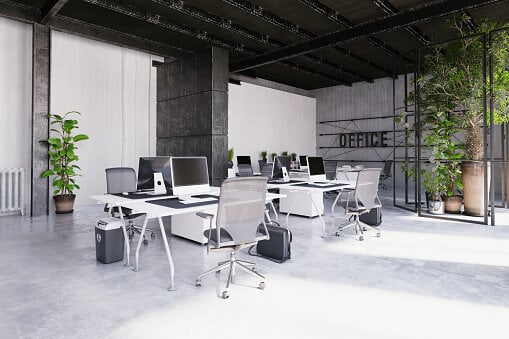Your Energy Management Strategy: How does occupancy monitoring fit in?


Your Energy Management Strategy: How does occupancy monitoring fit in?
Mar 6, 2023
6
min read
What Can A Desk Occupancy Sensor Do For The New Workplace?


What Can A Desk Occupancy Sensor Do For The New Workplace?
Jul 23, 2022
7
min read
How Workplace Occupancy Sensors Improve Employees’ Experience


How Workplace Occupancy Sensors Improve Employees’ Experience
Jul 22, 2022
9
min read
Debunking The Myths Of Time Of Flight People Counting


Debunking The Myths Of Time Of Flight People Counting
Dec 16, 2021
4
min read
Leveraging People Counting Analytics For The New Workplace


Leveraging People Counting Analytics For The New Workplace
Nov 22, 2021
6
min read
4 Office Space Management Best Practices


4 Office Space Management Best Practices
Sep 7, 2021
3
min read
5 pieces of data space utilization dashboards can give you


5 pieces of data space utilization dashboards can give you
Sep 7, 2021
3
min read
Using workplace people counting to create an occupant-centric building


Using workplace people counting to create an occupant-centric building
Aug 9, 2021
5
min read
[Press Release] Irisys Joins Siemens Connect Ecosystem


[Press Release] Irisys Joins Siemens Connect Ecosystem
Aug 4, 2021
3
min read
Connect with us
Need more information? Ready to get started? We're here to help, get in touch.


